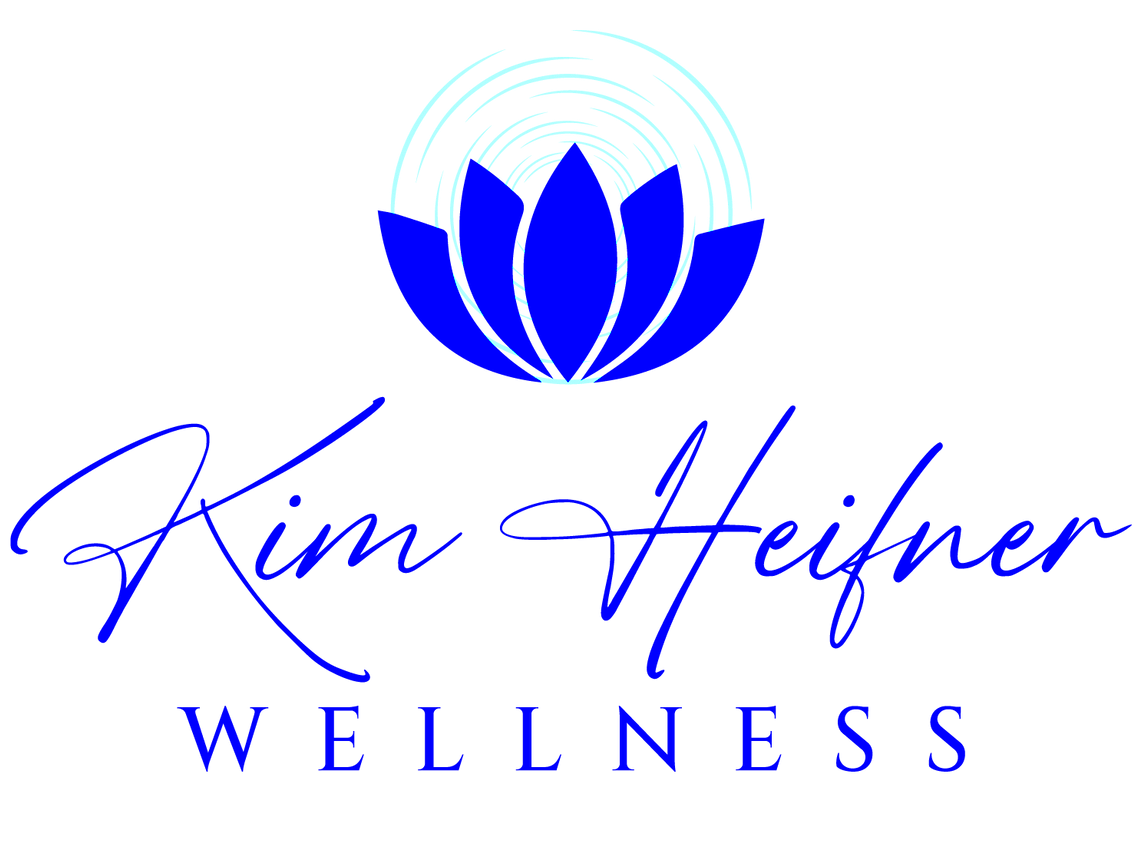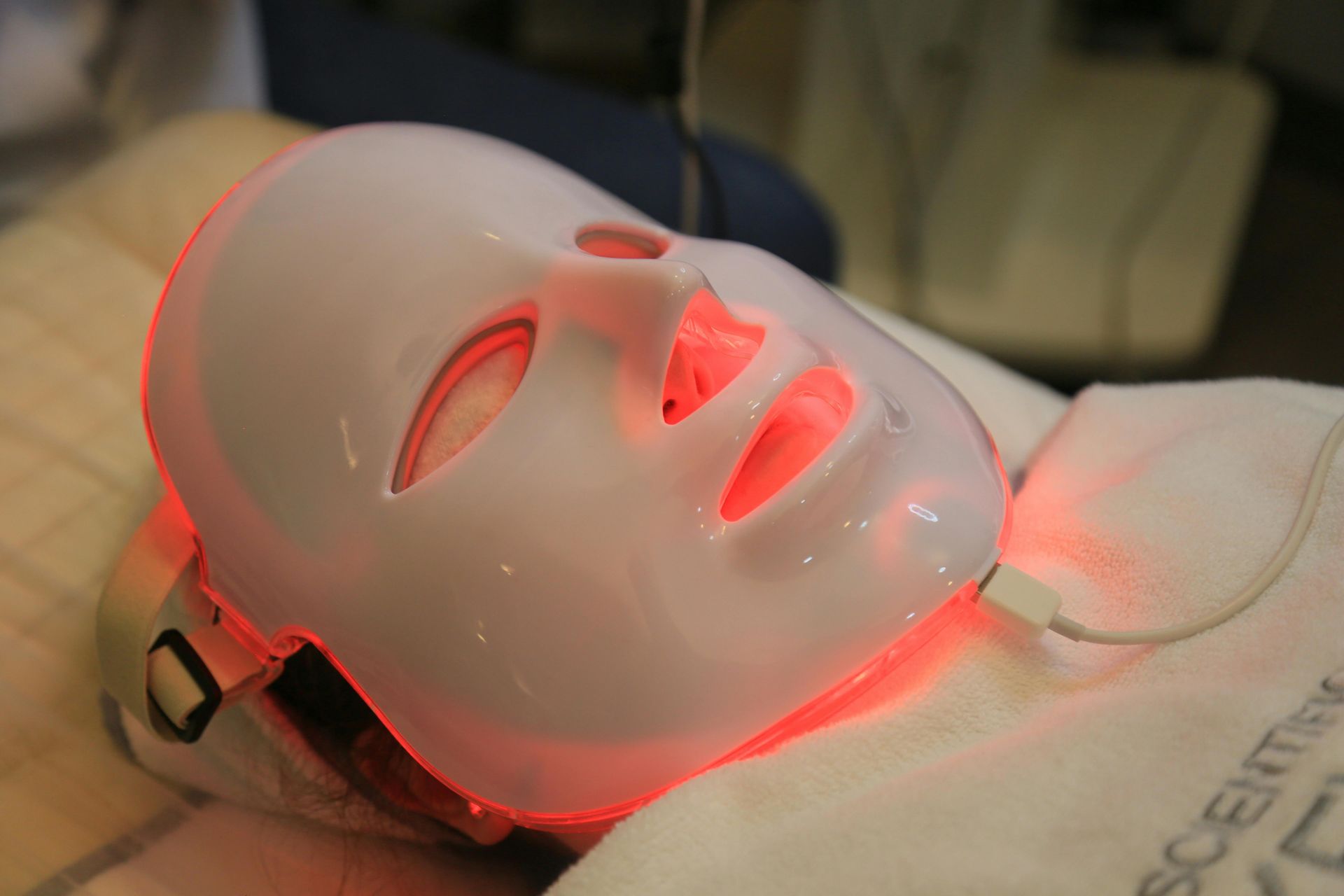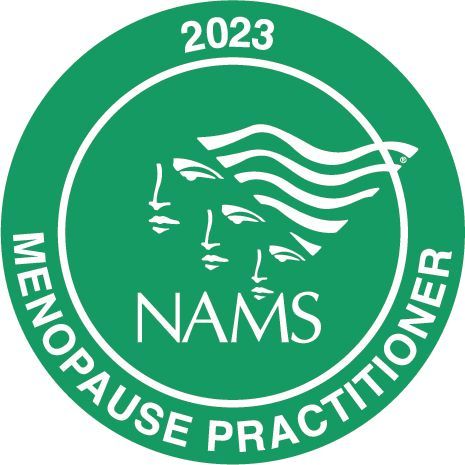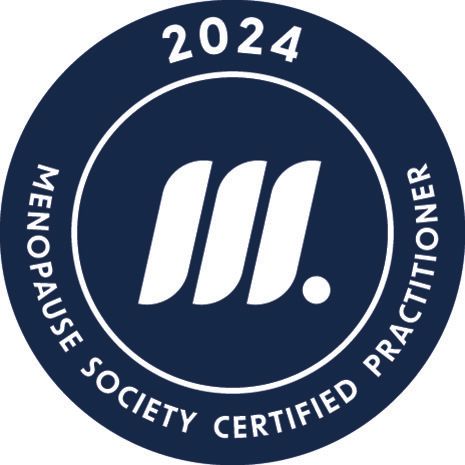Debunking the Myths:
How the WHI Misled Generations of Menopausal Women!

Uncovering the Flaws in the Women's Health Initiative Study
The Women's Health Initiative (WHI) study has long been considered the definitive research on hormone therapy (HT) for menopausal women. However, a closer examination reveals significant limitations and flaws in this landmark study.
Outdated and Inaccurate Findings
The WHI study used a form of estrogen (Premarin) that is vastly different from the hormones most commonly used today that have a chemical structure that mimics what our own body produces (often referred to as bioidentical hormones). This outdated information continues to be widely cited, scaring women away from safe and effective HT options that can significantly improve their quality of life. Premarin is a type of estrogen made from the urine of pregnant horses. It contains many different types of estrogens, but not much of the most powerful one, called estradiol, that women's bodies naturally produce. Prempro is a combination of Premarin and a synthetic progestin called medroxyprogesterone acetate. The use of these specific hormone formulations in the WHI studies may have contributed to the negative results they found. The horse-derived estrogen in Premarin and the synthetic progestin in Prempro are quite different from the natural hormones women's bodies produce. This could have led to different, and potentially more harmful, effects on the women's bodies compared to using natural, bioidentical hormones. So the choice of these particular hormone therapies, rather than ones that more closely match a woman's natural hormones, may have skewed the results of the WHI studies and made the risks appear higher than they would be with other, more natural, hormone therapies. In fact, some of the limitations of the WHI I will discuss next.
Limitations of the WHI studies:
"This trial tested only 1 drug regimen, CEE, 0.625 mg/d, plus MPA, 2.5 mg/d, in postmenopausal women with an intact uterus. The results do not necessarily apply to lower dosages of these drugs, to other formulations of oral estrogens and progestins, or to estrogens and progestins administered through the transdermal route. It remains possible that transdermal estradiol with progesterone, which more closely mimics the normal physiology and metabolism of endogenous sex hormones, may provide a different risk-benefit profile."
"Importantly, this trial could not distinguish the effects of estrogen from those of progestin. The effects of progestin may be important for breast cancer and atherosclerotic diseases, including coronary heart disease (CHD) and stroke."
"The relatively high rates of discontinuation in the active treatment arm (42%) and crossover to active treatment in the placebo arm (10.7%) are a limitation of the study; however, the lack of adherence would tend to decrease the observed treatment effects. Thus, the results presented here may underestimate the magnitude of both adverse effects on cardiovascular disease and breast cancer and the beneficial effects on fractures and colorectal cancer among women who adhere to treatment."
"The fact that the trial was stopped early decreases the precision of estimates of long-term treatment effects. A longer intervention period might have shown more pronounced benefit for fractures and might have yielded a more precise test of the hypothesis that treatment reduces colorectal cancer. Nonetheless, it appears unlikely that benefit for CHD would have emerged by continuing the trial to its planned termination. The trial results indicate that treatment for up to 5.2 years is not beneficial overall and that there is early harm for CHD, continuing harm for stroke and VTE, and increasing harm for breast cancer with increasing duration of treatment. This risk-benefit profile is not consistent with the requirements for a viable intervention for the primary prevention of chronic diseases."
Learn more about the limitations and implications of the WHI studies here
Enrollment of Older Women
The WHI enrolled women who were, on average, already 10-20 years into menopause. The average age of the women enrolled in the study was 63. We now know that the timing of HT initiation is crucial - women who start HT in their 40s and 50s see far greater benefits and lower risks compared to those who start much later. In fact, the Menopause Society recommends that hormone therapy for women experiencing menopause-related symptoms be initiated within ten years of menopause or when they are younger than age 60. It is during this critical window that the benefit-risk ratio of hormone therapy is most favorable. This is considered the "timing hypothesis."
The timing hypothesis states that the cardiovascular effects of hormone therapy (HT) depend on when a woman starts taking it in relation to menopause. If a woman starts HT close to the onset of menopause, usually within 10 years, it can have protective effects on the heart and blood vessels. However, if a woman starts HT much later, more than 10 years after menopause, it may increase the risk of adverse cardiovascular events.
The women enrolled in the Women's Health Initiative (WHI) study were not actually "healthy" prior to starting the study. Here are a few key points:
Existing Health Issues:
- Many of the participants in the WHI were already experiencing health issues and should not have been enrolled in the study in the first place.
- Enrolling women with existing health problems, rather than relatively healthy menopausal women, likely skewed the results and increased the observed risks associated with HT.
Vascular Damage:
- At the average age of 63 years, many of the women in the WHI may have already had vascular damage from age-related changes, which could have increased their risks for cardiovascular events. We now know the protective role estrogen has on our blood vessels. Estrogen helps keep our blood vessels healthy and functioning properly. It does this by improving blood flow, reducing inflammation, and preventing the buildup of plaque in the arteries. However, when women go through menopause and their estrogen levels decline, the protective effects of estrogen on the blood vessels are lost. This can lead to the blood vessels becoming stiffer, more prone to inflammation, and more likely to develop atherosclerosis (plaque buildup), increasing the risk of heart disease and other cardiovascular problems.
- Enrolling women with pre-existing vascular damage, rather than women closer to the onset of menopause, likely contributed to the negative cardiovascular outcomes observed in the study.
In summary, research indicates that the WHI study population was not representative of the typical healthy menopausal women who are the target for HT. By enrolling older women with existing health issues and potential vascular damage, the study design may have biased the results and led to the overestimation of the risks associated with hormone therapy.
Flawed Study Design:
- Flawed Study Design: The decision to administer continuous combined conjugated equine estrogen (CEE)/medroxyprogesterone acetate (MPA) to women ranging in age from 50-79 years was a major design flaw. The reason for this was discussed above, the "timing hypothesis," types of hormones used, the population chosen for the study were not "healthy," and the chosen regimen negated the protective effects of estrogen on the cardiovascular and cerebrovascular systems.
Unblinding and Bias
The WHI study also suffered from high rates of unblinding, where both participants and clinicians knew who was receiving the actual HT. This can introduce significant bias and undermine the validity of the findings.
Overlooked Benefits:
- The WHI failed to adequately assess the quality of life improvements that HT can provide for menopausal women.
- The focus was solely on disease outcomes, ignoring the profound impact HT can have on alleviating debilitating menopausal symptoms, such as hot flashes, mood changes, and vaginal dryness.
- The WHI study looked at two different types of hormone therapy - estrogen alone and estrogen plus progestin. The researchers found that when women took just estrogen alone, it actually helped lower their risk of getting breast cancer.This was an important finding that didn't get as much attention as some of the other results. The estrogen-only therapy was shown to reduce the number of women who developed breast cancer compared to those who didn't take any hormones.
- Another overlooked benefit of the WHI study was that it showed estrogen-only therapy did not increase the risk of dying from breast cancer. In fact, women taking estrogen-only had a lower risk of dying from breast cancer compared to those not taking any hormones.
- Increased Bone Mineral Density: The WHI study found that women taking estrogen plus progestin had increases in bone mineral density in their spine and hips compared to women not taking HT. This means the HT helped make the women's bones stronger and healthier, which is important for preventing osteoporosis.
- Reduced Risk of Fractures: While the overall fracture risk reduction in the WHI study did not reach statistical significance, there was a trend showing that HT reduced the risk of fractures, especially in women at higher risk. 1This suggests HT could help prevent broken bones, which is a major problem for women with osteoporosis. The research shows that the positive effects of HT on bone density can continue even after women stop taking it, but the benefits may dissipate over time after discontinuing HT.
So in summary, the WHI study found that hormone therapy improved menopausal symptoms and quality of life, and estrogen-only therapy had the unexpected benefit of reducing breast cancer incidence and mortality, which was an important finding that didn't get as much attention as some of the other results. This information could help women and their healthcare providers make more informed decisions about hormone therapy during menopause.
A Call for Informed, Empowered Decisions
The flaws and limitations of the WHI studies have had a profound and lasting impact, sowing fear and confusion among both women and healthcare providers. By relying on outdated information, enrolling an unrepresentative population, and overlooking key benefits, the WHI conclusions have steered many women away from potentially life-changing hormone therapy.
However, the tide is turning. As we uncover the truth behind the WHI's shortcomings, we have a responsibility to empower women with the latest, evidence-based information. Armed with an understanding of the crucial role of timing, the protective effects of bioidentical hormones, and the profound quality of life improvements that hormone therapy can provide, women can make informed decisions that align with their individual needs and preferences.
It's time to move past the fear and embrace a new era of menopausal wellness. By working closely with healthcare providers who stay up-to-date on the evolving research, women can navigate this transition with confidence, knowing that the benefits of hormone therapy often outweigh the risks when initiated at the right time. Together, we can rewrite the narrative and ensure that no woman suffers needlessly due to the flaws of the past!
















